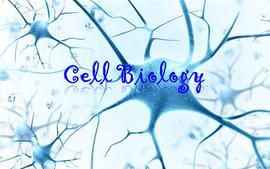题目详情
多选题 How does sexual reproduction involve both diploid and haploid cells
A. Unlike the majority of cells in a diploid organism, the specialized cells that carry out the central process in sexual reproduction—the gametes— are haploid: they each contain only one set of chromosomes. For most organisms, the males and females produce different types of gametes. In animals, one is large and nonmotile and is referred to as the egg; the other is small and motile and is referred to as the sperm
B. These two dissimilar haploid gametes join together to regenerate a diploid cell, called the fertilized egg, or zygote, which has homologous chromosomes from both the mother and father. The zygote thus produced develops into a new individual with a diploid set of chromosomes that is distinct from that of either parent
C. For almost all multicellular animals, including vertebrates, most of the life cycle is spent in the diploid state. The haploid cells exist only briefly and are highly specialized for their function as genetic ambassadors. These haploid gametes are generated from diploid precursor cells by a specialized form of reductive division called meiosis. This precursor cell lineage is called the germ line. The cells forming the rest of the animal's body—the somatic cells—ultimately leave no progeny of their own. They exist, in effect, only to help the cells of the germ line survive and propagate
D. The sexual reproductive cycle thus involves an alternation of haploid cells, each carrying a single set of chromosomes, with generations of diploid cells, each carrying two sets of chromosomes. One benefit of this arrangement is that it allows sexually reproducing organisms to produce offspring that are genetically diverse

学科:Cell Biology 《细胞生物学》一 专业基础课(全英教学)
时间:2023-05-31 12:03:58
相关题目
相关作业
下载 题海APP
拍照搜题更快捷
- 海量题库
- 无搜索限制
- 快捷拍照搜题
